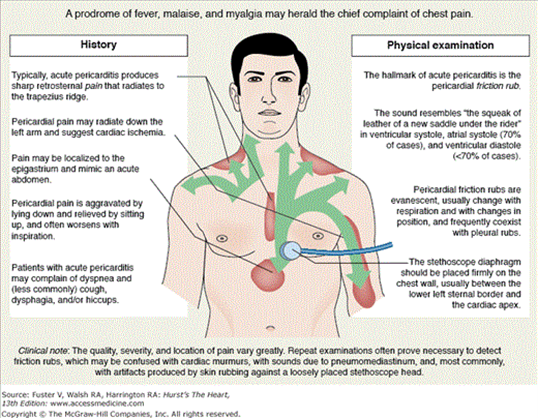A nurse is providing discharge teaching for a client who has asthma and a new prescription for a metered-dose inhaler.
Which of the following client statements indicates an understanding of the teaching?
"I should clean the cap of the inhaler once per week.".
"I should inhale the medication quickly".
"I should shake the inhaler before I use it.".
"I should wait 15 seconds between puffs.".
The Correct Answer is C
This statement indicates an understanding of the teaching because shaking the inhaler helps to mix the medicine inside the canister.

Choice A is incorrect because it is not necessary to clean the cap of the inhaler once per week.
Instead, it is important to clean the inhaler at least once a week or as directed.
Choice B is incorrect because one should inhale the medication slowly, not quickly.
Choice D is incorrect because one should wait 1 minute between puffs, not 15 seconds.
Nursing Test Bank
Naxlex Comprehensive Predictor Exams
Related Questions
Correct Answer is B
Explanation
- A. "You should ask your provider about your plan." This response is appropriate because it acknowledges the client's desire to explore alternative treatments while directing them to the appropriate source for medical advice. It promotes client autonomy and ensures they receive accurate information from their healthcare provider.
- B. "Tell me what you know about chemotherapy." This response is also appropriate. It encourages the client to express their understanding and concerns about chemotherapy, allowing the nurse to identify any misconceptions and provide accurate information. This also opens the door for the client to express their concerns about vitamins and minerals, and why they want to persue that treatment.
- C. "I have never heard of any holistic treatment that is effective." This response is inappropriate because it dismisses the client's preferences and demonstrates a lack of respect for their autonomy. It also displays a lack of knowledge, as some holistic treatments can be used as supportive therapies.
- D. "The best way to treat your cancer is chemotherapy." This response is inappropriate because it is directive and does not allow the client to participate in decision-making. It also does not address the client's desire to explore alternative treatments.
Correct Answer is {"xRanges":[101.765625,141.765625],"yRanges":[263.609375,303.609375]}
Explanation
A pericardial friction rub is highly specific for acute pericarditis and is generally heard over the left sternal border.
It is often louder at inspiration but sometimes can be better heard on forced expiration while the patient bends forward.
Choice A is not the answer because it does not correspond to the left sternal border.
Choice B is not the answer because it does not correspond to the left sternal border.
Choice D is not the answer because it does not correspond to the left sternal border.

Whether you are a student looking to ace your exams or a practicing nurse seeking to enhance your expertise , our nursing education contents will empower you with the confidence and competence to make a difference in the lives of patients and become a respected leader in the healthcare field.
Visit Naxlex, invest in your future and unlock endless possibilities with our unparalleled nursing education contents today
Report Wrong Answer on the Current Question
Do you disagree with the answer? If yes, what is your expected answer? Explain.
Kindly be descriptive with the issue you are facing.
